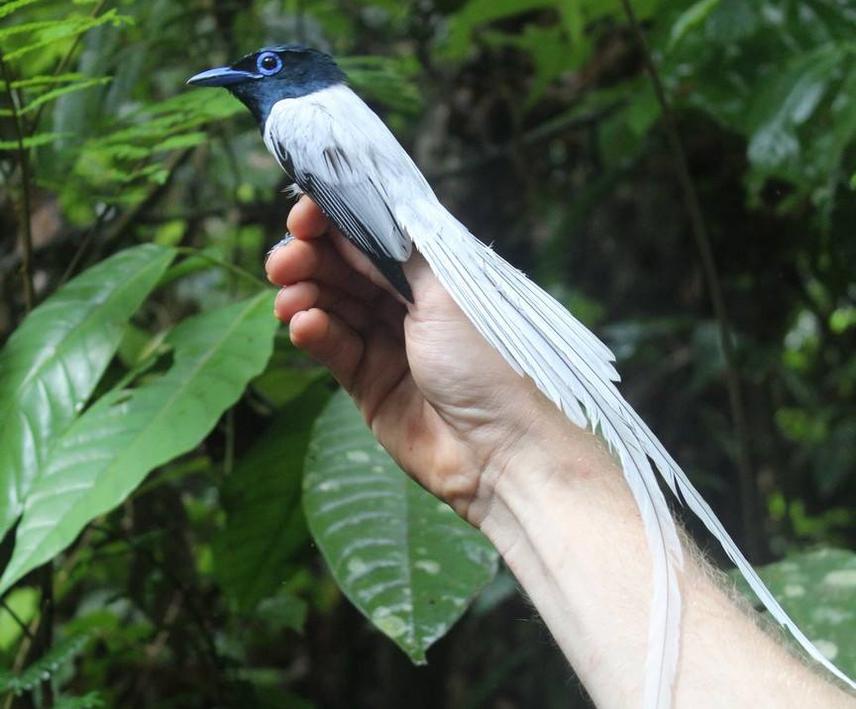Cindy Cosset
Other projects
27 Jun 2018
Restoration Experiment Demonstrating the Impacts of Climber-Cutting on Biodiversity and Habitat Recovery in Logged Tropical Forests
This project aims to determine if selectively logged forests can retain biodiversity over time by building on a long-term dataset from the previous year. It also aims to build on our understanding of logging impacts by determining how selective logging affects avian survival which has not been previously examined.

The most prevalent land-use across the tropics is selective logging, which is economically valuable to many developing countries. Tropical forests are biodiversity hotspots but are subjected to high rates of degradation from selective logging activities. From 2000 to 2005, selective logging degraded 20% of tropical forests globally. Since selectively logged forests can retain biodiversity in the short-term despite forest species losses, it has been suggested that protecting logged forests is a low cost option for creating, enlarging and connecting protected areas. Therefore, a critical question is whether protecting logged forests is an effective conservation strategy.
To address this, there is still a lot we do not know about the effects of selective logging on biodiversity. These are for example, the long-term biodiversity value of logged forests and logging effects on species survival. Survival is important as it determines population viability and species responses to habitat alteration.
We will determine if selectively logged forests can retain biodiversity over time by building on a long-term dataset from the previous year. Furthermore, we will build on our understanding of logging impacts by determining how selective logging affects avian survival which has not been previously examined. The understory bird community of primary and logged forests will be sampled using mist-netting techniques.
This study will inform us on the effectiveness of protecting logged forests and facilitate improved forest management practices for biodiversity conservation. Quantifying the responses of bird communities in logged forests over time will determine the ability for logged forests to sustain biodiversity as these forests regenerate. These results will thus inform us on the potential value of regenerating logged forests for biodiversity conservation. If the results from this project show that logged forests sustain a substantial amount of biodiversity or allow biodiversity to recover from logging over time, it will promote the consideration of protecting logged forests as the next best alternative to protecting primary forests.
Protecting logged forests can be used to expand or connect existing protected areas and they are cheaper to protect since the opportunity costs to protect these forests would be lower compared to that of primary forests. Conservation action (logged forest protection) taken in response to this work will be beneficial to all native forest species. Furthermore, achieving a better understanding of selective logging impacts from this project will enable authorities to adapt logging practices to minimise negative impacts on biodiversity without sacrificing economic growth.